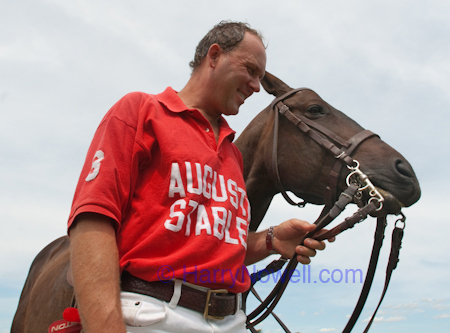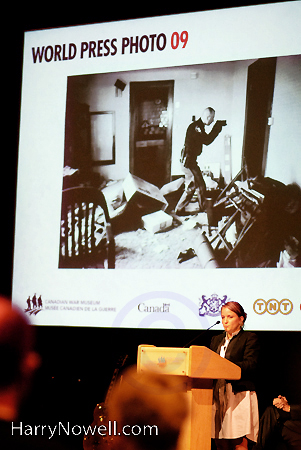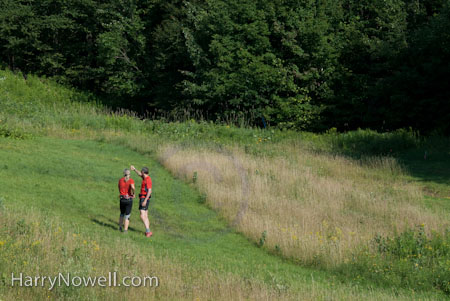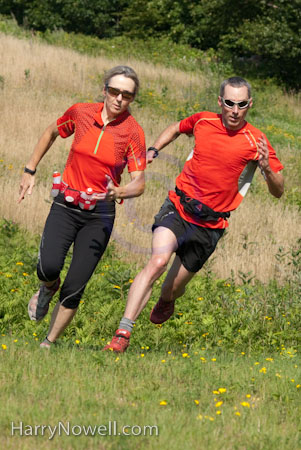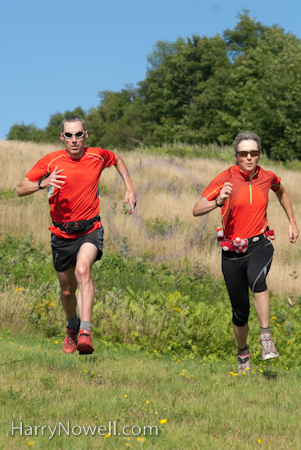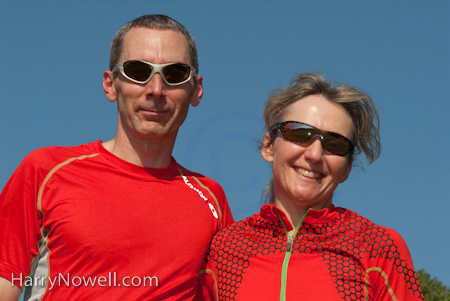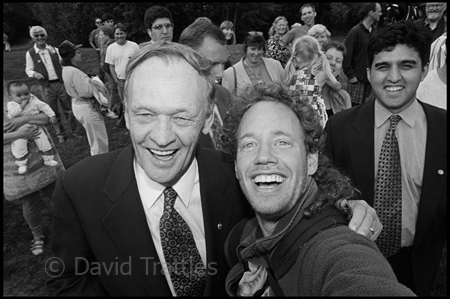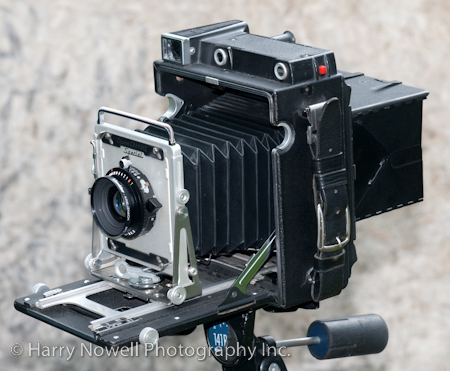Last weekend we traveled to the Augusta Polo Club to capture some of the thundering fun in preparation for our Sport Photography Workshop covering the Peanut Polo Cup in late August.
Polo is often misunderstood. Many people have the idea that Polo is played only by the upper echelons of society – Prince Charles, etc. Not the case!
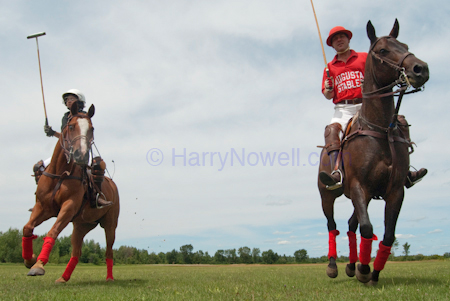
Accessible
Augusta Polo Club’s Kathy and George told me Polo is one of the most accessible equine sports in North America – polo ponies can be inexpensive to purchase and equipment is limited. Best of all polo can be played on a simple, open field. If you can ride you can play Polo!
The Game
The game is played on a large field – 300 yards x 100 yards. While that may seem massive, experienced riders get around at lightning speed – remember, horses can gallop 50km/hr or faster.
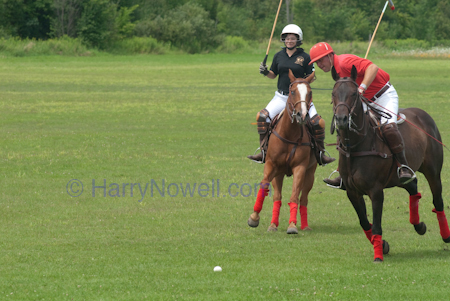
An experienced game is fast. Play is broken down to 7 minute ‘chukkers’ with riders mounting a fresh horse every chukker to keep the play pulsing.
Horse Safety
And what about the horses? They are trained to perform at polo – making sure they are accustomed to close competition. The sport is gear towards the safety of the magnificent animals.
Our sport event will be challenging – learn about event photography:
- equipment choices – Vistek Camera store will be offering some free rentals
- evaluating shooting locations
- staying safe while shooting a sports event
- performing under pressure
- producing the best photos possible under game conditions
As part of the workshop you will receive media passes giving participants access to restricted areas.
Support Animal Rescue Programs
At the Peanut Polo Cup you will also have the chance to photograph many classic canines. The event is used to support canine and equestrian rescue programs.
